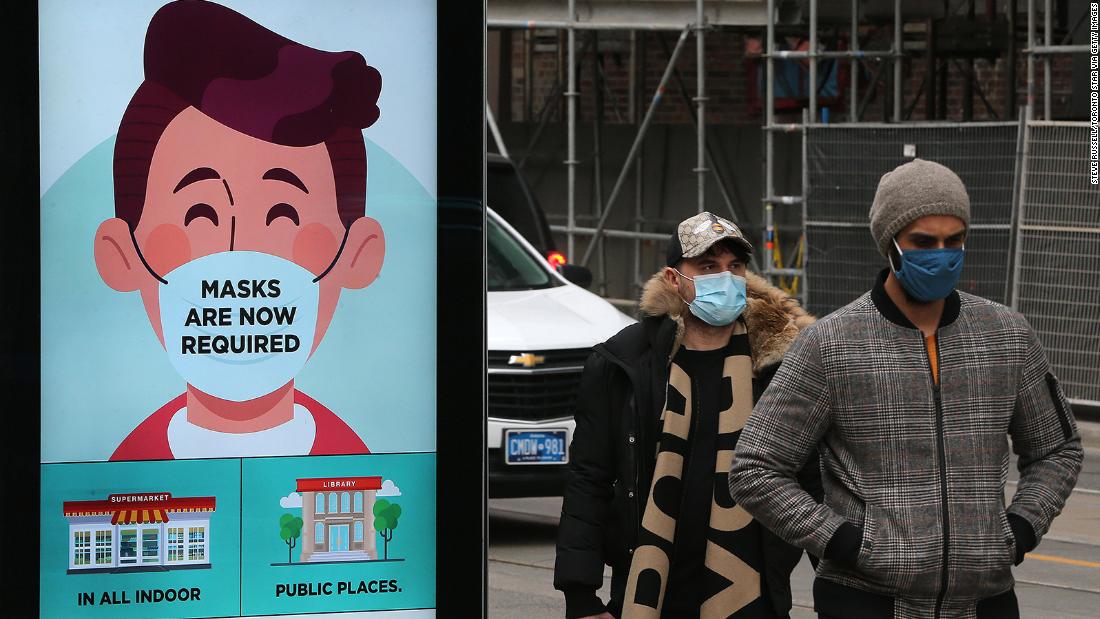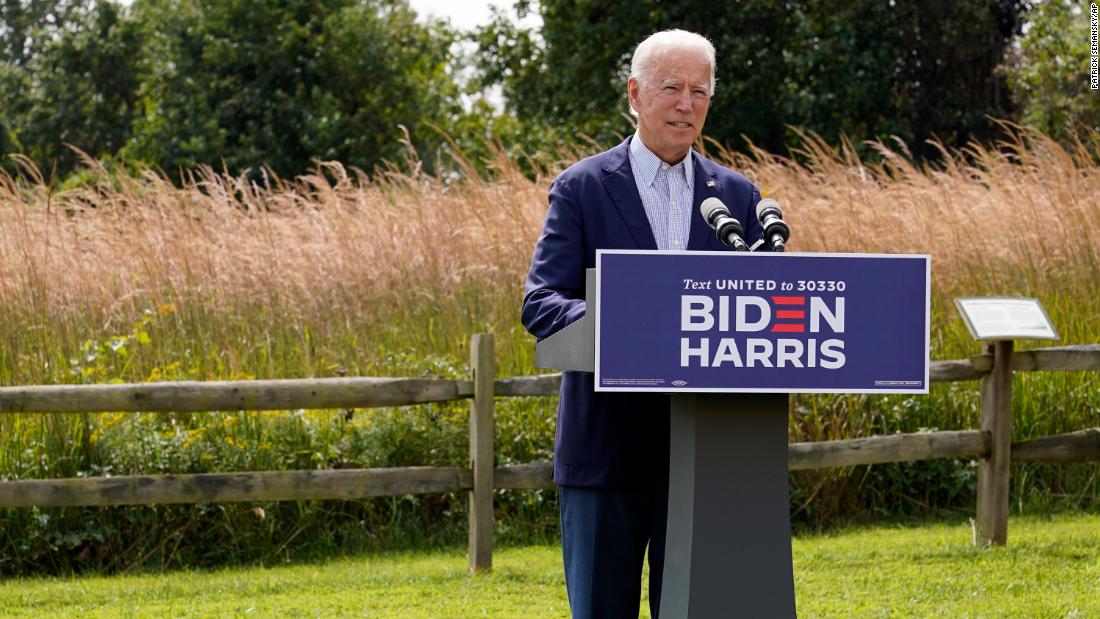

The 2050 goal by the US would bring it into line with many other big emitters Climate neutrality refers to net-zero emissions of all greenhouse gases and carbon-neutrality specifically refers to net-zero emissions of carbon dioxide (CO2) into the atmosphere. "We are on the cusp of having the world's main three emitters - the EU, China and now the US - having made either climate-neutral or carbon-neutral pledges by 20," Keohane said.

Matching the goal of the European Union and many other large global emitters, Biden has pledged to make the US climate-neutral by 2050 or earlier - something the environmental economist Nat Keohane describes as a "huge step." Keohane serves as the senior vice president for climate with the US-based global NGO the Environmental Defense Fund (EDF). The Democratic Party can expect to have effective control of both houses of the US Congress from January 20, allowing him more power to push his climate agenda.īut what has he promised - and can he make it happen? Can the US be climate-neutral by 2050? Joe Biden has pledged that his inauguration would mark a sea change for climate policy. President Donald Trump repeatedly denied the science on climate change, and his 2017 plan to withdraw the United States from the Paris Agreement came into effect the day after the US presidential election in November 2020. report urged immediate cuts in methane, calling it "the strongest lever we have to slow climate change over the next 25 years.The past years have been a troubled time for the United States in matters of climate protection policy. Methane is getting more attention globallyĬarbon dioxide gets most of the attention when it comes to greenhouse gases but lately there's more focus on methane. The study authors indicate methane leaks in other cities may also be higher than what the EPA has estimated. But in Boston, a new study using a different method finds methane leaks along smaller distribution lines are six times higher than state estimates. Since then, the state has found - based on reports from oil and gas companies - that methane emissions have increased more slowly than oil production. In 2014, Colorado was the first state to regulate methane from the oil and gas industry. Hinting at a possible legal challenge, Bradbury says her group will work with the EPA to craft regulations that "are cost-effective and workable" and "can withstand legal scrutiny." "The methane regulations proposed today by EPA will likely result in significant new costs associated with compliance," says Anne Bradbury, CEO of the American Exploration & Production Council. "America is back and leading by example in confronting the climate crisis with bold ambition," said EPA Administrator Michael Regan. In a major expansion, these new rules also will apply to existing facilities.

Last April, Congress restored Obama-era methane regulations, but they only apply to new and modified operations. That's why the Environmental Protection Agency says reducing methane emissions now "would have a rapid and significant effect" on global warming. But it doesn't stay in the atmosphere nearly as long as carbon dioxide, the most common human-caused greenhouse gas. Methane is the main ingredient in natural gas. climate meeting in Glasgow are pushing countries to join a global pledge to cut methane, a climate-warming gas that's even more potent than carbon dioxide. The Biden administration is proposing stricter regulations to reduce leaks of methane from oil and gas industry operations. This undated file photo shows the Trans-Alaska pipeline and pump station north of Fairbanks. The Biden administration is proposing new regulations to limit climate-warming methane emissions from oil and gas operations and pipelines.


 0 kommentar(er)
0 kommentar(er)
